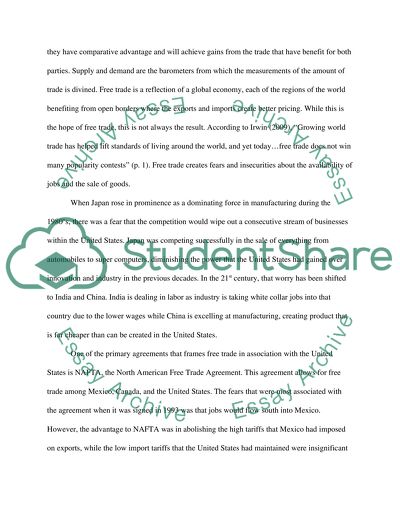Cite this document
(“Worldwide trade.The advantages and disadvantages of free trade and the Research Paper”, n.d.)
Retrieved from https://studentshare.org/macro-microeconomics/1409409-worldwide-tradethe-advantages-and-disadvantages-of-free-trade-and-the-relative-comparisons-to-fair-trade
Retrieved from https://studentshare.org/macro-microeconomics/1409409-worldwide-tradethe-advantages-and-disadvantages-of-free-trade-and-the-relative-comparisons-to-fair-trade
(Worldwide trade.The Advantages and Disadvantages of Free Trade and the Research Paper)
https://studentshare.org/macro-microeconomics/1409409-worldwide-tradethe-advantages-and-disadvantages-of-free-trade-and-the-relative-comparisons-to-fair-trade.
https://studentshare.org/macro-microeconomics/1409409-worldwide-tradethe-advantages-and-disadvantages-of-free-trade-and-the-relative-comparisons-to-fair-trade.
“Worldwide trade.The Advantages and Disadvantages of Free Trade and the Research Paper”, n.d. https://studentshare.org/macro-microeconomics/1409409-worldwide-tradethe-advantages-and-disadvantages-of-free-trade-and-the-relative-comparisons-to-fair-trade.


